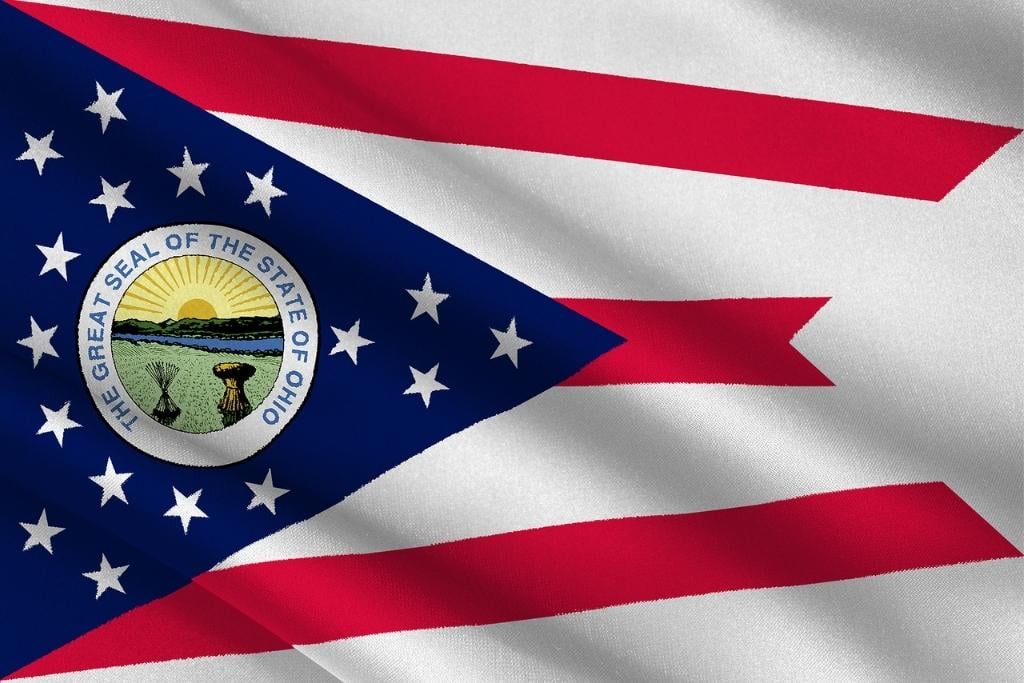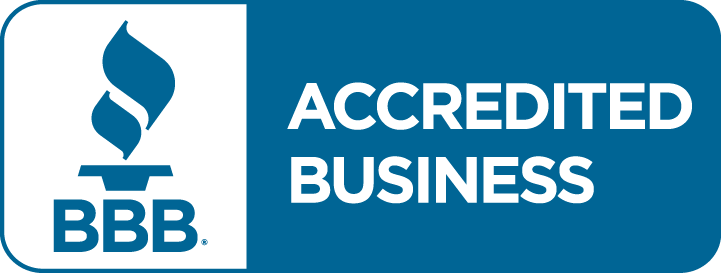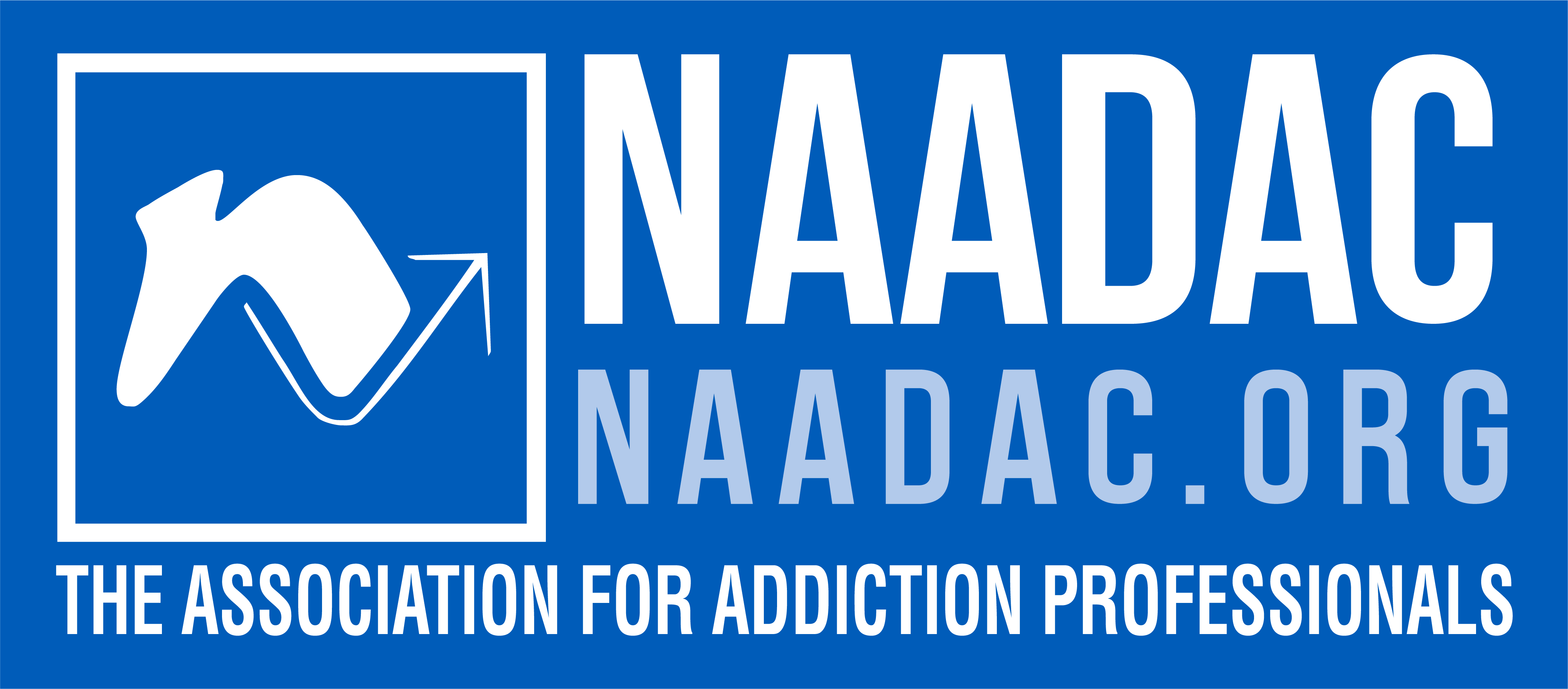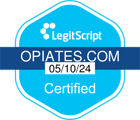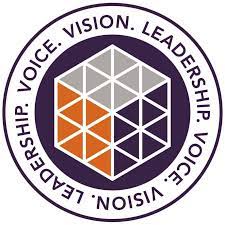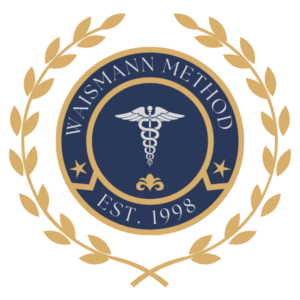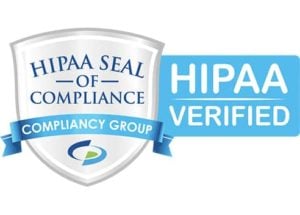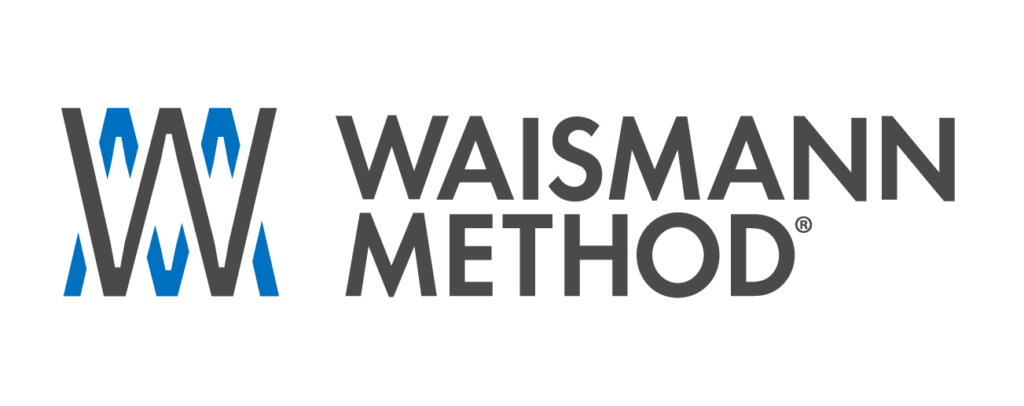 The danger of narcotics have always been a concern, but now it is a growing concern for parents as well. The Waismann Method today released “Ten Things Teens and Their Families Should Know about the Dangers of Prescription Painkillers,” in response to the study recently released from The National Institute on Drug Abuse stating that high numbers of teenagers continue to abuse prescription drugs. Moreover, as the number of dependencies to prescription narcotics in the U.S. continues to rise, it is critical that parents are able to recognize the telltale warning signs of abuse and are armed with the right information to educate their teens on the dangers of narcotics, as well as the dangers associated with abuse of OxyContin, Vicodin, over-the-counter cold medicine and other medications, according to Clare Waismann, administrative director for the Waismann Method and addiction specialist.
The danger of narcotics have always been a concern, but now it is a growing concern for parents as well. The Waismann Method today released “Ten Things Teens and Their Families Should Know about the Dangers of Prescription Painkillers,” in response to the study recently released from The National Institute on Drug Abuse stating that high numbers of teenagers continue to abuse prescription drugs. Moreover, as the number of dependencies to prescription narcotics in the U.S. continues to rise, it is critical that parents are able to recognize the telltale warning signs of abuse and are armed with the right information to educate their teens on the dangers of narcotics, as well as the dangers associated with abuse of OxyContin, Vicodin, over-the-counter cold medicine and other medications, according to Clare Waismann, administrative director for the Waismann Method and addiction specialist.
“Teens and children are being introduced to the recreational use of prescription medication at a much younger age than most would expect and are gaining easier access to them,” said Waismann. In addition, “Recent reports of Hollywood stars abusing these drugs will most likely elevate the problem as teens attempt to emulate their favorite celebrities. As with any other drug or with alcohol, parents need to educate their children about the health risks involved with using these drugs for fun.”
According to Waismann, prescription drugs can easily make their way into and out of households. Taking the time to talk to family members about the danger of narcotics could be a preventative measure that lasts a lifetime.
In an effort to mitigate the danger of narcotics on children, Waismann offers parents the following advice:
- Face the Facts. Denial can prevent you from recognizing a real problem at home. Parents need to be honest about the possibility that their child may give into to the temptation to experiment.
- Acknowledge Inherent Risks. Legal or not, prescription drugs are just as harmful as street drugs. Prescription painkillers like Oxycodone are synthetic (man-made) opiates, the family of drugs from which heroin is derived.
- Keep an Eye Out for the “Graduate.” Children as young as 13-15 years old can easily graduate from abusing Oxycontin (a legal opiate drug) to abusing heroin (an illegal opiate drug). The two drugs have similar effects, therefore attracting the same abuse population.
- Leverage Headlines. To make a good point with your kids, take advantage of incidents in the news to talk to your family about the danger of narcotics/prescription painkillers. Recently, Nicole Richie allegedly admitted to taking Vicodin when she was arrested for driving under the influence. Her life-threatening drive can serve as an example of a story to discourage teens from trying drugs.
- Don’t Assume It Can’t Be You. You’re not necessarily in the clear if your teen is head cheerleader or the class president. Not all kids who abuse prescription drugs are dark, depressed, and troubled.
- Beware of Emotional Roller-coasters. Changes in a teen’s normal behavior can be a sign of dependency. Social withdrawal, desensitized emotions (indifference or disinterest in things that previously brought them pleasure) and increased inactivity may point to a more serious problem.
- Watch Out for Going Grunge. Personal hygiene may diminish as a result of a drug addiction. Significant weight loss may occur, and glazed eyes may indicate an underlying problem.
- Become a Micro Manager. If your teen is prescribed a pain-relieving medication, closely monitor the dosage and frequency the drug is ingested. Also, if you or your spouse is prescribed a prescription painkiller, be sure to keep it out of your children’s reach and dispose of any extras once you no longer need the medication.
- Play it Smart. Listen carefully when your doctor or pharmacist gives instructions for a drug for a family member, and never increase dosage or the frequency of taking a medication without consulting your physician.
- Trust Your Instincts. If you suspect that a family member is abusing prescription drugs, consult a doctor or seek professional help right away. Medical professionals can refer you to treatment programs but the most important thing is to seek help in a timely matter.
For more information on The Waismann Method® or opiate dependency, visit www.opiates.com
About the Waismann Method
Dr. Clifford A. Bernstein and Dr. Michael Lowenstein use the exclusive Waismann Method of rapid detox to treat opiate dependency. Performed in a hospital intensive care unit, the Waismann Method involves cleansing the opiate receptors in the patient’s brain of the narcotics while the patient is under anesthesia. Additionally, During the procedure, the patient will experience no conscious withdrawal and will be able to return home within days. 75 percent of the prescription drug dependent patients who are treated with the Waismann Method remain drug-free after one year.
Source: Business Wire


